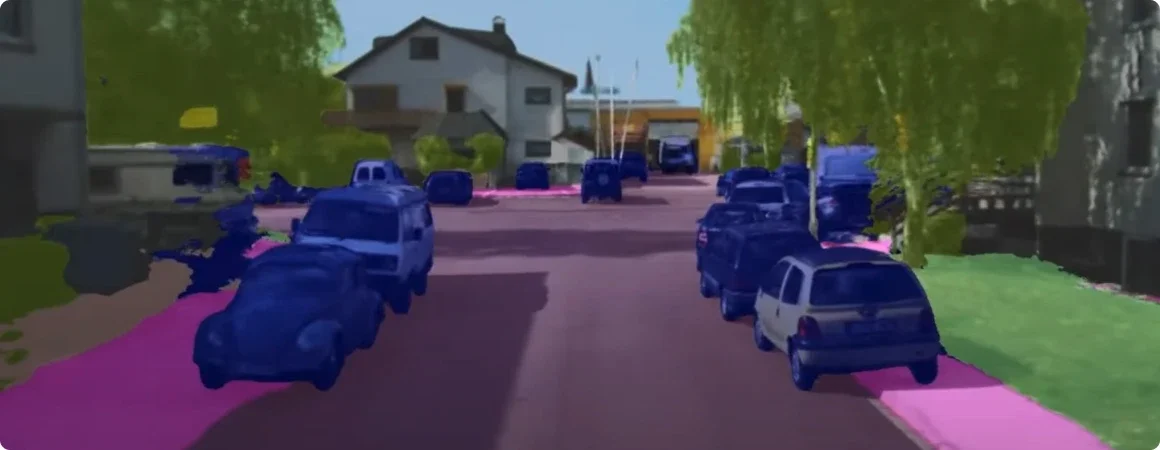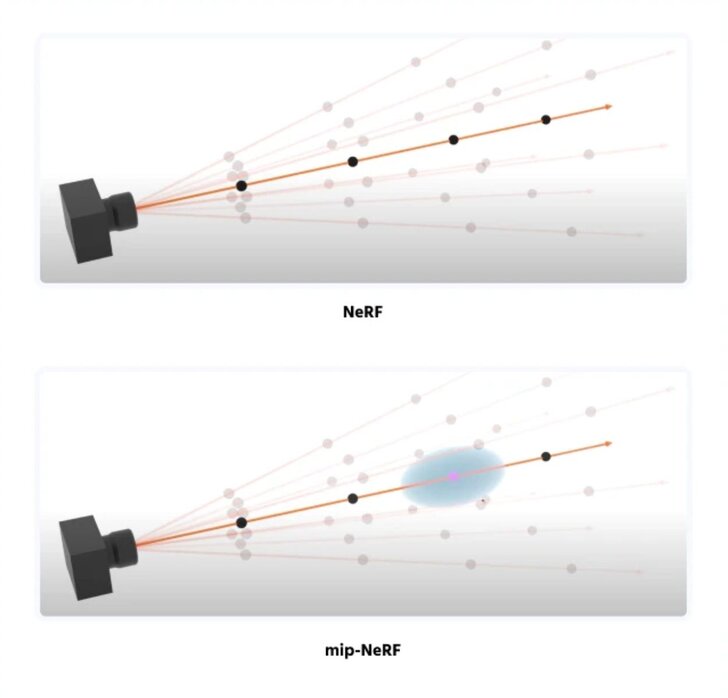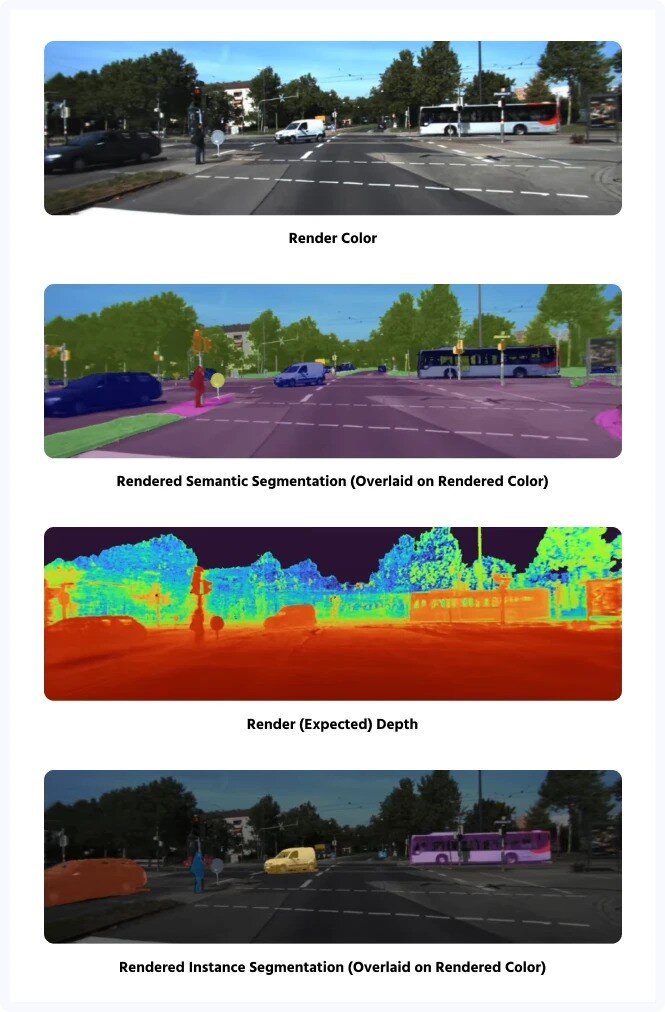High-Tech Software House
(5.0)

We present to you a review article based on over 250 papers regarding neural fields, which are 36 pages of reading. Let’s compress it even more for hurried readers.
The paper presents the foundation and applications of the neural fields method. The method was introduced in 1998, but only recently (in the last two years) has it gained traction due to its usefulness in visual and 3d computing. The review's authors have identified the neural fields method articles even if the article doesn’t mention the method name explicitly.
Let’s start off by showing you the carrot, that is, the method's capabilities.

This is only the tip of the iceberg of possible usages of the neural fields method. To see a much more extensive list go to the original article.
Is carrot big enough for you? Follow it to learn the method foundations.

By physics definition, a field is a quantity defined for all spatial and/or temporal coordinates. The amount can be either a scalar or a vector. The gravitational field is a good physical example of a vector field, i.e. for every location in space, we have a force (3d vector) that is exerted on a unit mass. Images and audio recordings can also be interpreted as fields. Images map 2d coordinates to RGB intensity vector [R, G, B], while Audio recording maps a time coordinate to scalar amplitude.
So you came here to know what a neural field is. A neural field is a field that is approximated by a neural network. In other words, it is a neural network that takes space-time coordinates as an input and outputs the field value. A multilayer perceptron (MLP) is often chosen as a neural representation of a field.
Note: Other names of neural fields are: implicit neural representations, neural implicit or coordinate-based neural networks.

Steps of a neural field algorithm:
With the above method, we can convert an image, an audio recording or any other field into its neural representation. If we use a neural network with a smaller number of parameters than the size of the image, bang, we’ve just compressed the image. We can simply recover the compressed image by plugging the pixel coordinates into the neural network and reading RGB values from the network output.
These are just the basics. To successfully encode and reconstruct some data, you may need to use one of the following techniques:
These were just the basics of the method. If you’d like to dive deeper, I strongly recommend reading the original paper.
As you well know, there is more interesting news on the internet, if you find something really curious, please share it with us! We can promise you, that we gonna regularly share science shortcuts, so stay tuned! Until waiting for the next episode, learn more about outstanding projects from our blog’s posts.
See our tech insights
Like our satisfied customers from many industries